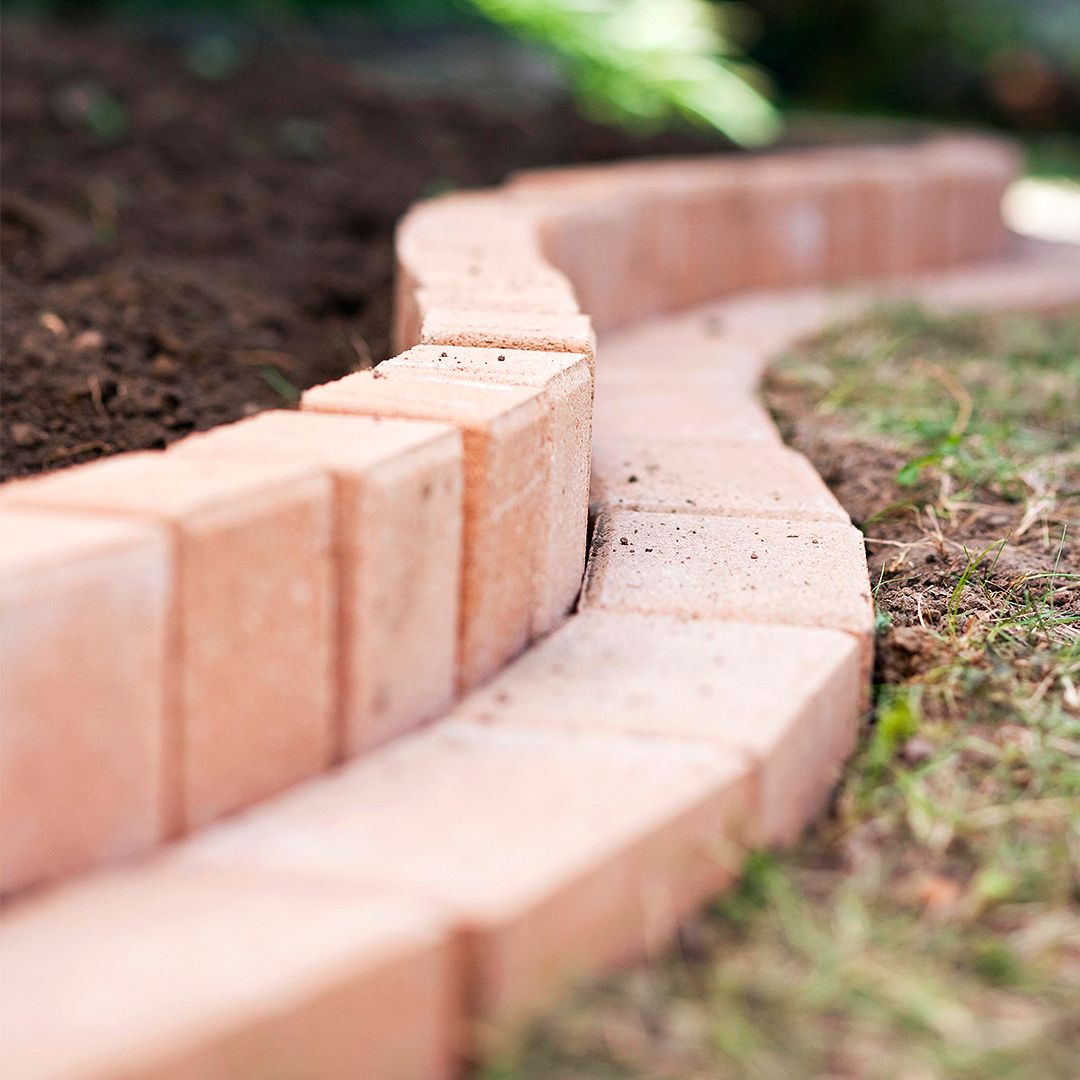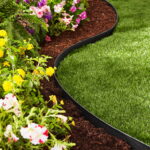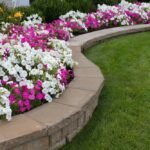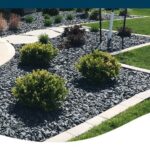Landscaping borders are an essential element in creating a well-manicured and cohesive outdoor space. These borders serve both practical and aesthetic purposes, defining the boundaries of different areas within the landscape and providing a finished look to the overall design. There are a variety of materials that can be used to create landscaping borders, each offering its own unique benefits and visual appeal.
One popular option for landscaping borders is stone or rock edging. This natural material can add a rustic and organic touch to the landscape, creating a beautiful contrast with the softness of plants and grass. Stone borders are also durable and long-lasting, making them a practical choice for high-traffic areas or areas that are prone to erosion.
Another common choice for landscaping borders is brick or paver edging. This more formal and structured material can create clean lines and defined edges in the landscape, adding a sense of order and sophistication to the design. Brick and paver borders are also versatile, coming in a wide range of colors and patterns to complement any style of landscaping.
Wood edging is another popular option for landscaping borders, particularly for a more rustic or natural look. Wood borders can be made from railroad ties, timber logs, or even recycled pallets, adding warmth and character to the landscape. Wood borders are relatively easy to install and can be easily customized to fit the specific dimensions of the space.
Metal or plastic landscape edging is a more modern and flexible option for creating borders in the landscape. These materials are lightweight and easy to work with, allowing for curved or intricate designs that may be more difficult to achieve with other materials. Metal and plastic edging can also be painted or treated to match the overall aesthetic of the landscape.
No matter the material, proper installation of landscaping borders is crucial to their effectiveness and longevity. Borders should be securely anchored into the ground to prevent shifting or movement over time. In addition, borders should be leveled and straightened to ensure a neat and uniform appearance throughout the landscape.
Overall, landscaping borders are an important element in creating a polished and well-maintained outdoor space. By choosing the right material and carefully installing the borders, homeowners can enhance the beauty and functionality of their landscape, creating a welcoming and visually appealing environment for themselves and their guests.
















